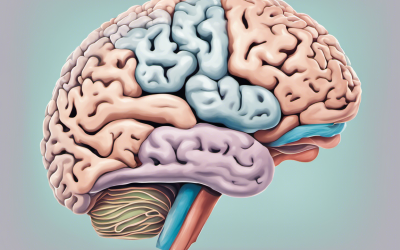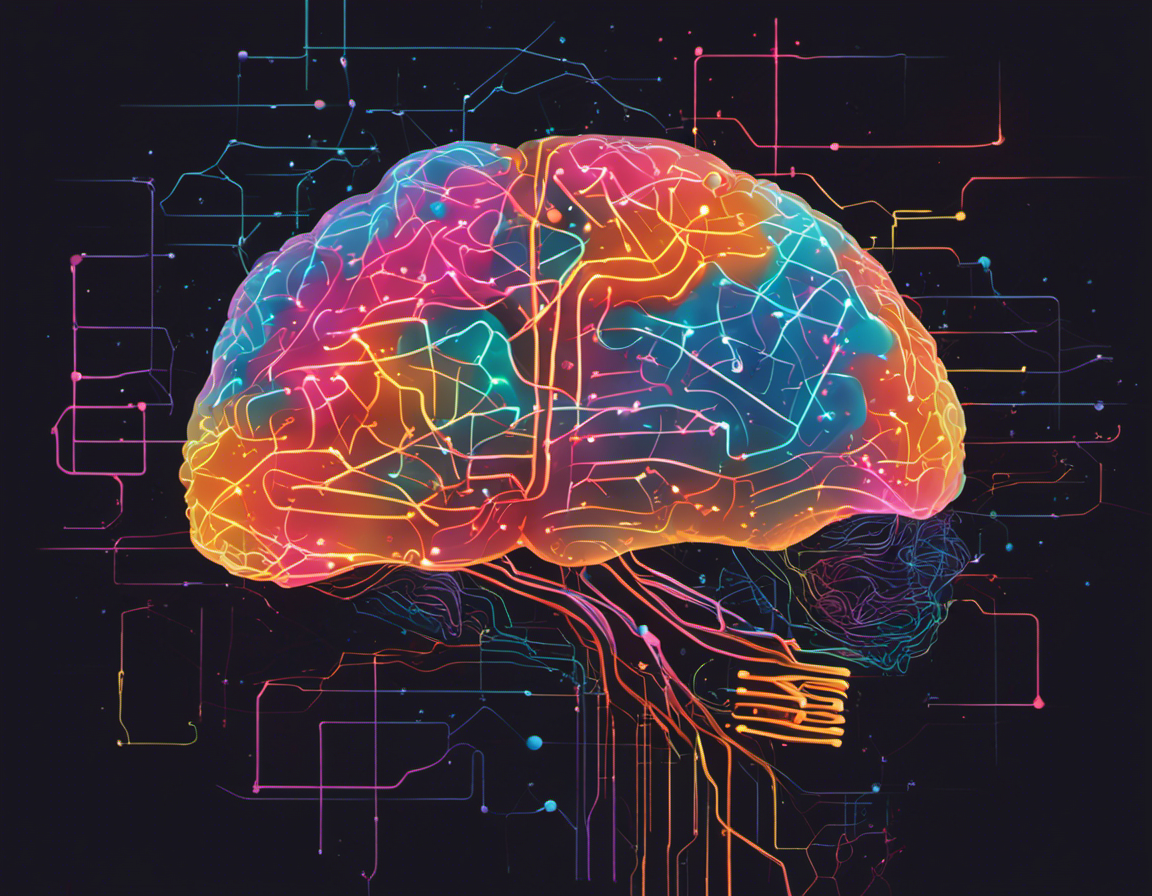Unmasking ADD: Identifying Symptoms, Understanding Complications and Diagnosis

In today’s fast-paced world, difficulty to focus, impulsive behavior, and hyperactivity are often regarded as part and parcel of our hectic lives. Could it be, however, that these could also be symptoms hinting at a deeper issue? Unveiling this commonly-misunderstood condition, “Understanding Attention Deficit Disorder (ADD)”, endeavors to shine a light on this crucial aspect of mental health.
We will delve into recognizing its symptoms, examine the potential causes and subsequent complications, and explore the diagnostics involved.
This article aims to guide you through the seemingly complex labyrinth of ADD, enabling you to better understand and communicate with those living with this condition. As we navigate through the intricacies of ADD, we invite you to reconsider what we deem as ‘normal’ and foster a more compassionate lens towards those grappling with this disorder.
Understanding Attention Deficit Disorder (ADD)
Opening up the conversation around mental health is integral in today’s era. One of the relatively common but often misunderstood conditions is Attention Deficit Disorder (ADD). A better understanding of this disorder paves the way for its recognition and improved support, both clinically and socially.
Overview of ADD
ADD is a type of neurodevelopmental disorder diagnosed primarily in children but can persist into adulthood. It is characterized by pervasive patterns of inattention that interfere with functioning and development.
Definition and basic understanding of ADD
In medical terms, ADD is primarily defined as a persistent pattern of inattention and/or hyperactivity-impulsivity that interferes with functioning or development. It’s not merely a lack of focus or bouts of hyperactivity. In fact, living with ADD is like viewing the world through a lens smeared with vaseline. Everything seems blurry; you continuously feel like you’re lagging one step behind because your brain is trying to process too many thoughts simultaneously.
ADD is not a one-size-fits-all disorder. It encompasses a wide range, from mild to severe, and presents differently in different individuals. It’s not simply forgetting to do homework or losing your keys occasionally; it’s a constant battle against forgetfulness and disorganization that can permeate every aspect of life.
Recognizing ADD symptoms
Understanding and recognizing the signs of ADD can be crucial for early intervention and management. Though specific symptoms may vary with age and environment, they generally encompass patterns of inattention, distractibility, impulsiveness, or hyperactivity.
General symptoms of ADD
The cardinal sign of ADD is persistent inattention. This can manifest as forgetfulness, frequently losing items necessary for tasks, trouble maintaining focus on tasks or activities, and lack of attention to detail, leading to mistakes in school work or other tasks.
Impulsivity is another key symptom. Those with ADD may exhibit impulsivity through impatience, difficulty in quiet activities, and interruption or intruding on others’ conversations or games.
Lastly, ADD can manifest as inner restlessness or hyperactivity. This could show as constant fidgeting, excessive talkativeness, or frequently leaving their seat when staying seated is expected.
These symptoms should be persistent and interfere with the quality of social, academic, or occupational functioning to meet the criteria for an ADD diagnosis. These signs may also cause the individual to feel restless and constantly “on the go” as if driven by a motor.
However, it’s important to note that not all of these symptoms are present in everyone with ADD. The severity of these signs can vary from person to person and may change over time. Thus, understanding the true guise of ADD goes beyond the surface symptoms; it is about comprehending the depth and diversity of experiences faced by people with this disorder.
Causes, Risk Factors, and Complications of ADD
ADD, or Attention Deficit Disorder is a neurodevelopmental problem that has been irrefutably tied to genetics, indicating a strong hereditary linkage. Identifying causes and risk factors reveals that along with genetics, other factors like prenatal exposure to toxins, premature birth, and low birth weight also come into the picture. Additionally, specific environmental influences as created by issues of urbanization, diet, and lifestyle choices like high sugar intake or sedentary routine act as independent risk factors.
Ethnicity, socioeconomic background, and gender (males tend to be more affected than females) are all determinants, yet they interact dynamically in influencing the onset and progression of ADD. Also, ADD is often seen in conjunction with other learning, emotional, or behavioral disorders, suggesting a complex interplay of multiple factors.
The possible complications resulting from ADD are abundant. Children and adults with this disorder tend to have lower academic achievements due to poor focusing skills, which eventually may lead to low self-esteem and affect overall life satisfaction. There is a higher chance of developing depressive or anxiety disorders, increased risk of drug and alcohol abuse, poor work performance, and relationship conflicts. Physical health issues could be posed by impulsivity-related injuries, whereas engagements in risky behaviors might lead to criminal conduct in extreme cases.
Diagnostic Methods for ADD
ADD, once believed to be a childhood disorder, persists into adulthood in many cases. As diverse as the symptoms, the diagnosis also follows a multifaceted approach. It encompasses careful evaluation of symptoms displayed by an individual along with their timeline and severity. The evaluations often extend to home and school environments to comprehensively cover the behavioral spectrum.
Different diagnostic tests available for ADD are genuinely varied, starting from physical examination ruling out other possible causes of symptoms to psychological testing that includes assessments of memory, attention spans, visual or auditory processing, and social dynamics considerations.
Detailed interviews with parents and teachers, as well as ADHD-specific rating scales such as the Vanderbilt Assessment Scale or the Conners’ Questionnaire, are frequently employed to collect structured and systematic data. On a more advanced scale, neuroimaging studies are being considered to determine brain structural alterations observed in ASD, but their role in routine clinical diagnosis has not been established yet. A nuanced and broad-ranging diagnostic strategy must be employed to ensure the condition is identified accurately for appropriate intervention.
Conclusion
In conclusion, Attention Deficit Disorder (ADD) is a complex and impactful condition that requires our understanding and compassion. It is characterized by a range of symptoms, such as difficulty maintaining focus, impulsivity, and, in some cases, hyperactivity. Recognizing these symptoms early can significantly improve management strategies and life outcomes for individuals affected by ADD.
It is crucial to understand that the causes of ADD are multifaceted, including genetic factors and environmental influences. The condition, if left unchecked, can lead to adverse academic, emotional, and behavioral complications. Therefore, a thorough and accurate diagnosis, facilitated by symptom evaluation, interviews with parents and teachers, ADHD-specific rating scales, and possibly neuroimaging studies, is indispensable.
Let this article be a starting point for your exploration into understanding more about ADD. The challenges faced by those living with this disorder are not insurmountable. As we build knowledge and raise awareness around ADD, we take steps towards improving the quality of life for affected individuals. Stay informed, remain compassionate, and continue learning about this noteworthy condition because every bit of understanding brings us one step closer to better intervention methods.





